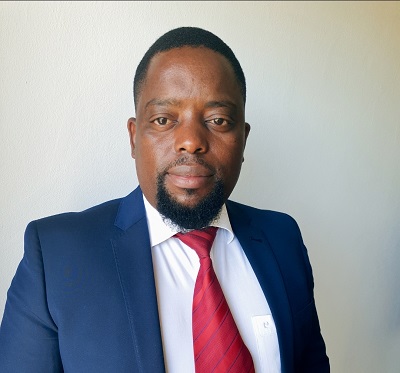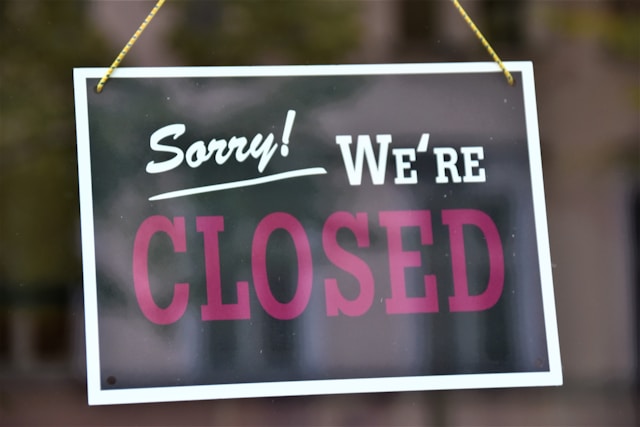The Rise of Microinsurance: Affordable Cover for Everyday South Africans
In South Africa, where millions of people earn their living in the informal economy, traditional insurance has long felt out of reach — expensive, complicated, and often irrelevant to the realities of everyday life. Yet, these are precisely the people who face the greatest financial risk when disaster strikes. A car accident, fire, illness, or theft can easily erase months of hard work.
Enter microinsurance: a form of low-cost, simplified insurance designed to meet the needs of low- and middle-income South Africans. It’s affordable, flexible, and increasingly available through mobile platforms, spaza shops, banks, and even retail chains. In recent years, microinsurance has quietly transformed the way South Africans think about financial protection — bridging the gap between the formal and informal economy.
Understanding Microinsurance
Microinsurance offers the same principle as traditional insurance — pooling risk to protect individuals from financial loss — but it’s tailored for accessibility. Policies typically:
Have low premiums (often under R100 per month)
Offer simple, clearly defined benefits
Require minimal paperwork
Can be purchased and claimed digitally or through retail partners
Examples of common microinsurance products include:
Funeral cover (the most widespread form, often offered by Old Mutual, AVBOB, and Sanlam)
Hospital cash plans that pay a lump sum for each day of hospitalisation
Credit life insurance protecting borrowers who fall ill or lose income
Weather-index insurance for small-scale farmers
The Financial Sector Conduct Authority (FSCA) formally recognised microinsurance as a distinct category under South Africa’s Insurance Act of 2017, which came into effect in 2018. This regulatory shift encouraged more insurers to design products specifically for low-income consumers, while ensuring fair treatment, transparent pricing, and reliable claims processes.
Why Microinsurance Matters in South Africa
South Africa’s economy is highly unequal, with over 40% of adults working informally, according to Statistics South Africa. Many of these individuals — street vendors, domestic workers, taxi drivers, and small-scale entrepreneurs — lack access to traditional financial services.
A 2023 report by the FinMark Trust found that while around 80% of South Africans are aware of funeral insurance, fewer than 25% have any form of short-term or health-related cover. The gap is not due to lack of need — it’s due to lack of access.
Microinsurance helps fill that gap. For instance:
A R50-per-month hospital plan can help a street vendor cover lost income if hospitalised.
A R30 funeral policy can prevent families from borrowing heavily to pay burial costs.
Weather-based insurance can protect small farmers from losing their entire crop due to drought or floods — a growing risk under climate change.
By offering smaller, more flexible products, insurers are meeting people where they are — literally. Many policies can now be bought through USSD codes on mobile phones or via platforms like MTN Mobile Money and Shoprite Money Market.
Case Study: Microinsurance in Action
Consider Hollard’s funeral microinsurance partnerships with retailers and mobile networks. Through partnerships with Pep Stores and Airtime vouchers, consumers can purchase funeral cover with as little as R10 a week. The claims process is digital and fast, allowing families to receive payouts within days — a crucial difference in times of crisis.
Similarly, Old Mutual’s Bula Tsela initiative focuses on making insurance accessible to informal traders and township entrepreneurs. By training “insurance champions” within communities, the company is building trust and helping people understand their rights as policyholders.
On the agricultural side, Santam’s partnership with Pula, a Kenyan-based insurtech company, offers microinsurance for small-scale farmers. Using satellite data and weather indexes, farmers receive automatic payouts when rainfall drops below a certain threshold — no need for complicated claims.
These initiatives highlight a shift toward inclusion through innovation: insurers are finding creative ways to reach South Africans who’ve been excluded from formal protection for decades.
Challenges and Opportunities
While microinsurance has seen steady growth, several challenges remain:
Awareness and Trust: Many South Africans still associate insurance with broken promises or complex fine print. Building trust requires transparency and community engagement.
Distribution Channels: The informal economy doesn’t operate through traditional brokers. Insurers must use agents, retail stores, and digital platforms that people already use daily.
Product Simplicity vs. Coverage Depth: Microinsurance must remain simple — but also meaningful. The balance between affordability and adequate coverage is delicate.
On the flip side, opportunities are immense. South Africa’s high mobile penetration (over 90%) and growing fintech ecosystem make it easier than ever to distribute microinsurance at scale. The rise of mobile-based claims and instant payouts can transform the customer experience, reducing both cost and complexity.
Moreover, as climate risk, unemployment, and healthcare pressures grow, affordable financial protection will become not just desirable — but essential.
Professional Takeaway
Microinsurance is not charity; it’s smart, inclusive finance. It’s a way to extend financial protection to the millions of South Africans whose livelihoods exist outside the formal economy — while still building sustainable business models for insurers.
The rise of microinsurance demonstrates that financial inclusion and commercial viability are not mutually exclusive. With the right design, partnerships, and education, microinsurance can empower people to recover faster from financial shocks, protect their families, and participate more confidently in the economy.
In a country as diverse and unequal as South Africa, that’s not just good business — it’s nation-building.









